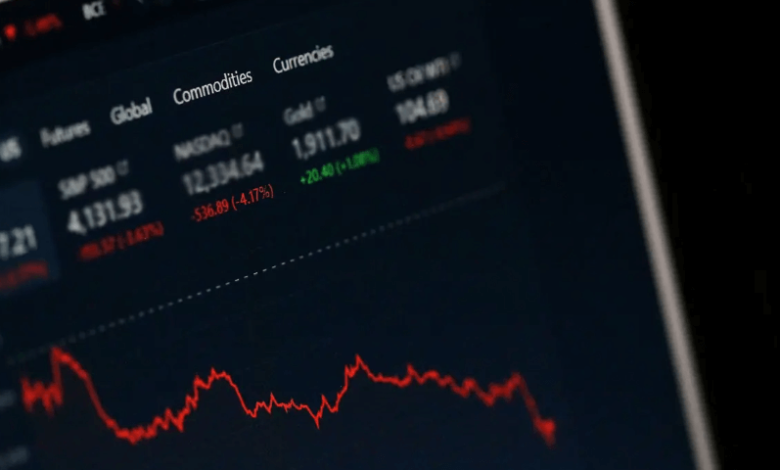Prop Firm Challenges: What Traders Should Expect?

Challenges faced by proprietary trading firms have become gatekeeping devices that evaluate trader capacity prior to providing significant trading capital access. Under situations meant to replicate real market stress, these organized assessments evaluate both technical ability and psychological discipline. Knowing what these obstacles really mean outside of marketing tools helps traders set reasonable expectations and properly prepare.
Multi-Phase Evaluation Structure
Most proprietary trading challenges use multi-phase evaluation systems that demand traders to show consistent performance in several phases. Usually, a prop firm challenge consists of an initial challenge and then a verification phase before getting a funded account. Every stage has maximum drawdown limits between 5-10% of the account value in addition to certain profit targets, usually ranging from 8-12% of the account value.
Usually spanning 30 to 60 days, some companies provide faster options for traders ready to meet more stringent criteria. The progressive approach purposefully examines consistency instead of letting single cases of extraordinary performance by traders. Starting with a reset equity balance, the verification phase usually follows the same guidelines as the initial challenge, therefore avoiding traders depending on already lucrative positions.
Complex Rule Frameworks
Operating under detailed rules that go much beyond basic profit targets and drawdown restrictions, proprietary trading problems follow. Usually more limiting than total account drawdowns, these systems include daily loss limits, minimum trading day requirements, forbidden trading periods surrounding significant news events, and specific instrument restrictions.
Many companies have complex correlation policies to stop traders from initiating several positions with identical market exposure. Further limitations could be maximum holding times, weekend position restrictions, or certain time-of-day trading limits. The most effective challenge participants design thorough compliance checklists guaranteeing conformity to all relevant regulations all through the evaluation period.
Risk Management Priorities
Proprietary trading tests essentially risk management capacity instead of sheer profit-generating ability. The careful risk criteria applied during the several evaluation stages clearly show this focus. Through logical stop placement, consistent position sizing, and sensible exposure management across market situations, successful candidates show advanced risk control. Many companies use Sharpe ratios or other comparable measures to evaluate trader quality; the evaluation systems especially track risk-adjusted returns rather than raw profit margins. Daily drawdown management is especially under close examination since companies find it to be the main sign of professional trading discipline. Traders should anticipate difficulties in introducing bouts of market turbulence intended to test risk response mechanisms.
Psychological Pressure Testing
Proprietary challenges purposefully include psychological pressure components meant to expose traders’ performance under duress. Time limits, profit targets, and drawdown restrictions together produce mental barriers, sometimes more severe than technical trading problems. Many assessments incorporate deliberate times of lower market volatility, which makes profit targets more challenging as deadlines grow near. This architecture makes traders face their inclination toward too high risk-taking in view of possible failure.
Trader dashboard interfaces include bold countdown timers and updated profit/drawdown statistics to boost performance anxiety. Modern evaluation systems use sophisticated behavioral analytic algorithms to uncover emotional trading patterns using position sizing, execution timing, or irregular trading frequency. Managing these psychological demands is said by traders to be the most difficult part of proprietary evaluations; often, this requires certain mental preparation strategies in addition to trading plan creation.
Post-Qualification Requirements
Getting a funded account following a successful challenge marks the start rather than the end of proprietary trading requirements. Traders should expect continuous performance measures that have to be kept updated to keep funded status. Usually, for a continuous partnership, these include minimum monthly profit targets, consistency criteria, and maximum drawdown limitations. Most companies use scaling systems whereby first funded accounts begin at small amounts ($25,000-$100,000) and have chances to manage ever-increasing money depending on proven success.
Usually, account scaling calls for keeping drawdowns below designated levels while sustaining profitability for two to three months. Each company has a different profit distribution plan; payment intervals range from bi-weekly to monthly, and occasionally, minimum profit criteria are needed before disbursement. To keep funded status, some proprietary companies demand continuous involvement in trader development programs, frequent performance assessments, or contribution to community information sharing.
Conclusion
Proprietary trading challenges are complex evaluation tools meant to find traders able to control large capital while keeping controlled risk strategies. The most effective strategy is careful planning, emphasizing consistency and capital protection instead of high profit maximizing. Although marketing brochures may highlight the money access advantages, the reality calls for professional-level trading talents shown over long evaluation periods.





